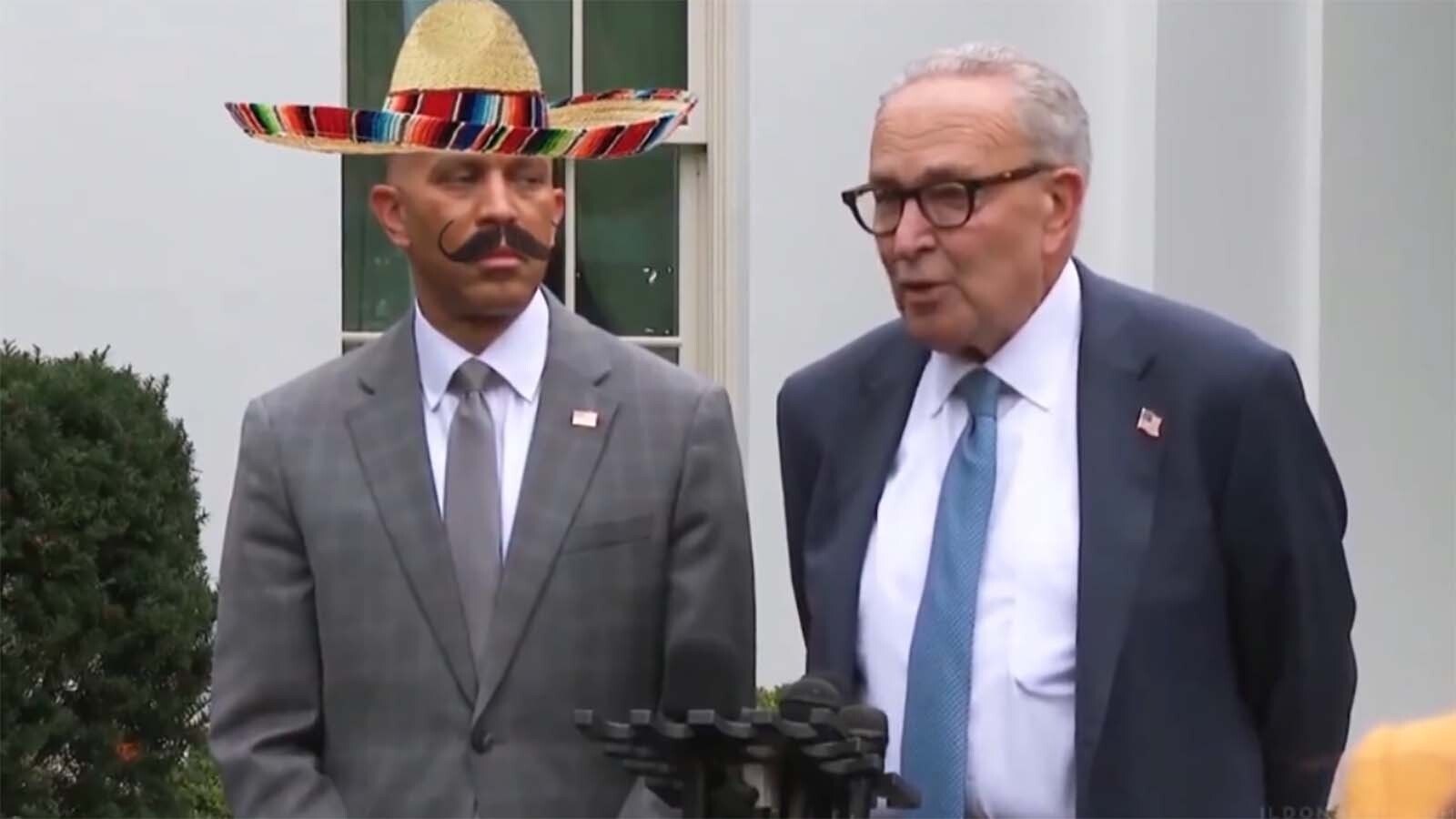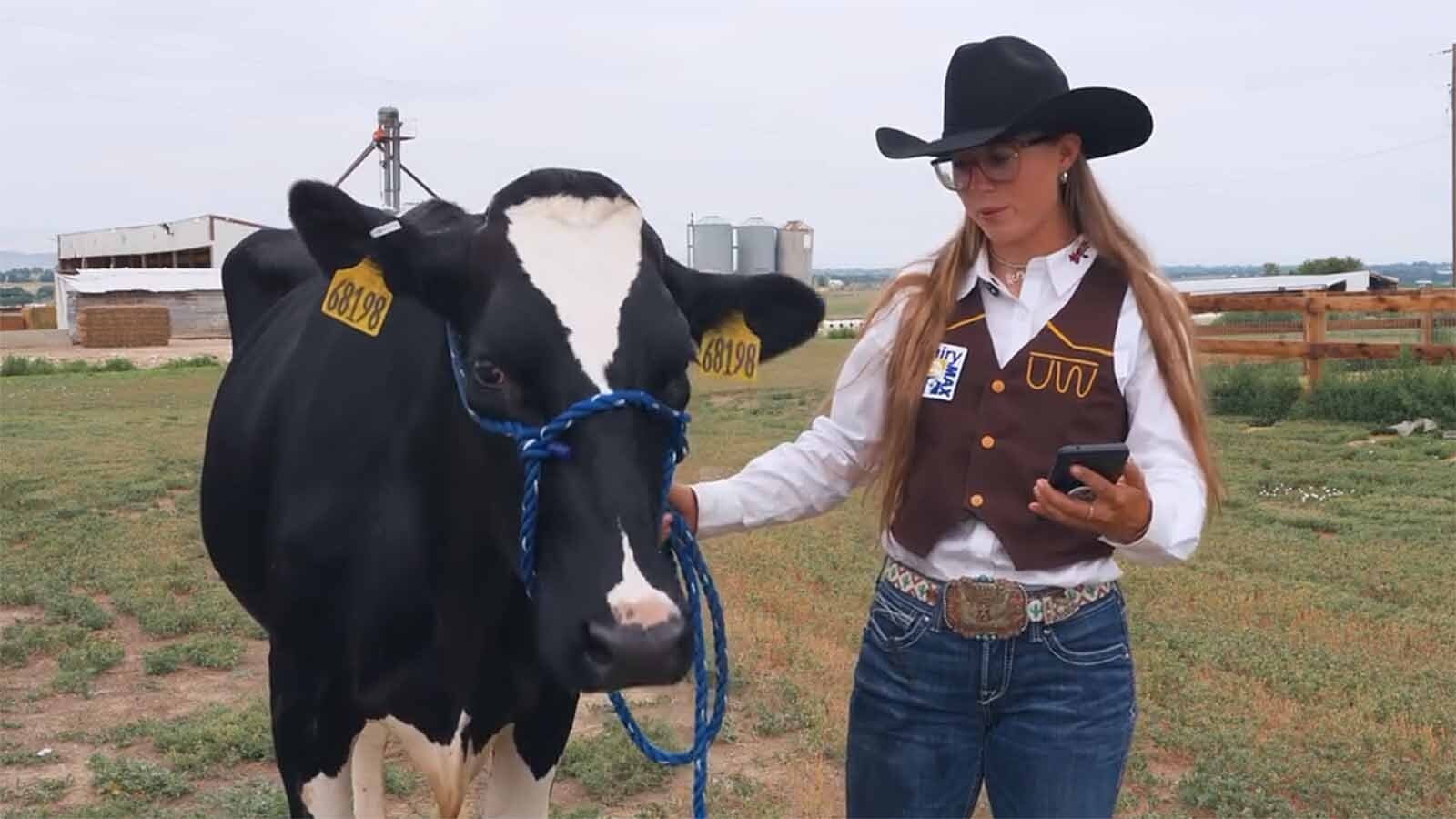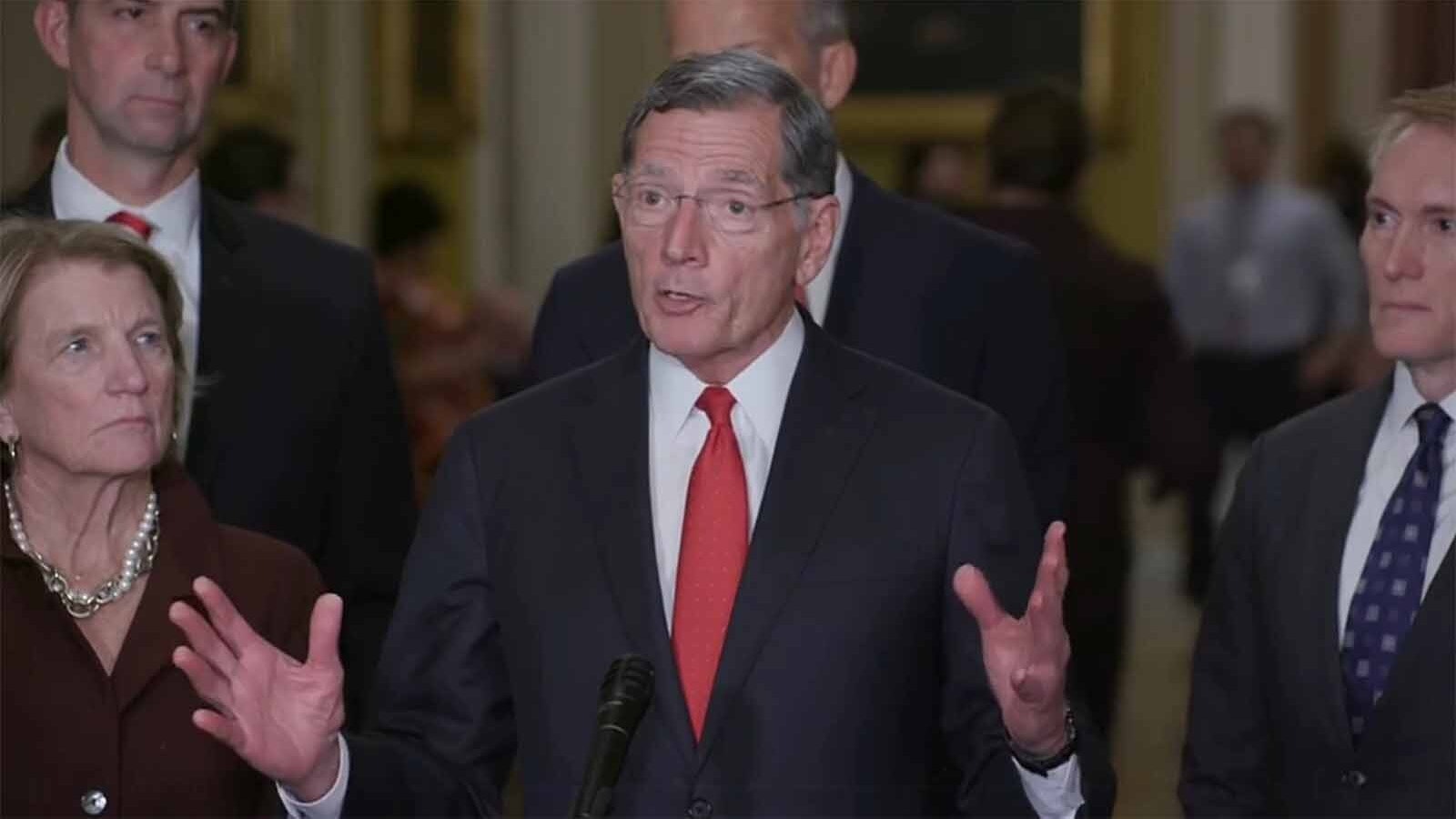Ballooning property taxes and how to mitigate them has dominated discussion in the Wyoming Legislature in recent years, and it’s not unique to Wyoming, as Cowboy State property tax bills are reflecting larger trends in the West and United States.
In fact, it’s been a tax burden all 50 states have been grappling with in red and blue states with shared levels of concern.
Even so, property tax makes up only 28% of Wyoming’s overall tax base, compared to an average of 72% for most other states.
Jared Walczak, vice president of state projects for the Tax Foundation, a Washington, D.C.-based policy group focused on ensuring competitive tax codes around the nation, said that over the last three years, property tax collections have risen nationwide by 46%.
Walczak told the state Wyoming Legislature’s Revenue Committee on Tuesday that for property owners, this can be a difficult pill to swallow, as they rarely feel they are receiving a corresponding increase in government services.
“We have a lot of discontent, we have a lot of people looking at property taxes and saying, ‘I don’t know if I can afford these sort of increases, I want government to do something about this,’” he said.
And as property values have ballooned, actual taxes collected nationally have decreased by 5.5% when factoring in higher rates of inflation. Walczak also explained that happens when the rate those higher valuations are taxed at are dramatically reduced, mentioning how Colorado’s have gone down about 50% in the last decade.
Boom-And Bust Dependence
One of Wyoming’s most significant relief measures to date passed during the 2024 legislation session and immediately puts a 4% cap on year-to-year property tax increases on single family residences. This cap only includes residential structures for 2024, but expands to associated land in 2025.
According to Wyoming Department of Revenue figures, in 2023, the minerals industry paid $1.3 billion in property taxes in Wyoming, compared to the $677 million in residential property taxes that were paid.
This is a dynamic Department of Revenue Director Brenda Henson said lawmakers should consider as the volatility of the minerals industry continues, with the sector providing about half of Wyoming’s tax base. Another 30% comes from the state’s Permanent Mineral Trust Fund, which is funded by the severance tax.
In 2023, mineral values were at their highest share of Wyoming’s overall assessment value since 2015. Also in 2015, Wyoming set its previous record for assessed value at $26 billion. It wasn’t until 2022 that the state reached that mark again. In 2023, the Wyoming assessed value jumped by 28% to $36 billion, spurred by the strong performance of the mineral industry that year.
Henson said as mineral values continue to decrease in the long term, residential property values will correspondingly make up a larger share of the state’s overall assessment value. She said it’s important to consider this statistic as it shows which counties will see less benefit from property tax relief solutions limited to owner-occupied residential properties.
Nonmineral assessed values have shown relatively consistent growth over the past 23 years in Wyoming, aside from a modest spike that’s been happening since 2020.
This comes in contrast to mineral values, which have followed a boom-and-bust cycle since 2000, and for the most part throughout Wyoming’s entire statehood. Walczak noted the relative stability offered by residential property tax revenue as a reason to approach fully eliminating them with caution.
He said Wyoming’s property taxes are low on a national scale, particularly when considering the state’s complete lack of income tax.
“You do have very very low property taxes, even if they do rise,” he said.
Where Does Wyoming Land?
A 2022 Lincoln Institute of Land Policy study compared the effective tax rates and median home values from the largest cities in eight states in the West, including Wyoming. An effective tax rate is found by taking a tax bill amount and dividing it by the fair market value of the property to create a fair across-the-board comparison from one state to another. The study doesn’t account for median household income or any other factors.
Cheyenne was around the middle of the pack for both stats and had the 43rd lowest effective tax rate in the country out of 53 locations, as the study included a few major cities that it counted as individual states because of their unique tax structures. Of note is that, of the eight states, Denver had the lowest effective tax rate at 0.519%.
Dean Temte, senior fiscal analyst for the Legislative Service Office, said Wyoming has dropped six spots in these rankings since 2016, but it is still well below the national average for effective tax rate at 1.2%. Cheyenne’s rate sat at 0.645%.
“The property tax for Wyoming has been increasing somewhat,” Temte explained. “It’s still somewhat near the lower end of the spectrum, but it has been increasing somewhat.”
Temte said Wyoming’s taxes have risen comparatively to other states as a result of actions made in other places to try and address rising property taxes. Walczak said this has come in the form of rate, levy and assessment limits. A similar response to rising property taxes occurred in the late 1970s, he said.
For average tax bills, Cheyenne had the lowest number for all eight states at $1,780.
Among commercial properties, Wyoming has the lowest effective property rate and average tax bill in the country. Wyoming’s industrial properties weren’t as low, but still fell in the lowest third of the study.
But Pete Obermueller, president of the Petroleum Association of Wyoming, pointed out that the effective tax rate for minerals in Wyoming is at around 10.1%, higher than New Mexico and Colorado and all other gas producing states in the United States.
“I’m simply asking you not to be lulled by the fact in one graph it looks like the effective tax rate is small when in fact our overall rate is very, very large in the state of Wyoming,” Obermueller told the committee.
A Matter Of Perspective
Temte said there is a substantial difference in tax assessment rates in certain states depending on whether a residential property is owner occupied or not. In Salt Lake City, the assessment rate is 55% for owner-occupied, and 100% for non-occupied. Wyoming has an assessment rate of 9.5% across the board.
A similar study was also performed for a rural community in each of the eight states, which produced similar results for the northern Wyoming community of Worland.
Walczak said property taxes are one of the oldest forms of taxation worldwide, an assessment that has been used almost universally throughout America.
Recently, there have been formal conversations in six states about removing all or most residential property taxes, he said. Wyoming was one of these states, where a proposal was considered during this year’s legislative session to remove most property taxes in the state while raising the sales tax.
One option now being considered in Nebraska would not only remove all property taxes, but also all income and inheritance taxes as well. This proposal would replace the lost revenue with a statewide consumption tax, but Walczak, whose organization opposes the proposal, said this tax may have to be as high as 22% to make up the lost revenue.
Who Pays For It?
Wyoming’s K-12 schools and community colleges receive most of the property tax revenue at 73%. City and county governments come in second at 19%. State government receives no money from property taxes. Although every Wyoming county has some presence of a community college, only eight of the state’s 23 counties pay residential property taxes toward a community college.
Walczak said changing residential property taxes doesn’t have nearly as large of an effect on society as changing taxes on businesses.
State Rep. John Bear, R-Gillette, questioned some of Walczak’s arguments. He countered that by lowering housing prices, it would increase Wyoming’s labor pool, and thus lower costs for businesses around the state.
The most recent tax boom was largely spurred by a large number of migrations in response to the COVID-19 pandemic and home purchases inspired by very low mortgage rates around that time.
Walczak warned against basing property taxes on the purchase value of a home, which he said unfairly rewards long-term homeowners while placing a much larger burden on new homeowners. He said this creates a “lock-in effect” that discourages renovation and relocation and new residents from moving to the state.
Rep. Tony Locke, R-Casper, said more consideration should be given to the individual taxpayer rather than filling the government’s coffers. He mentioned how median household income had been roughly level in Wyoming for the previous 10 years up to 2020, when they started to increase again.
This has been a common refrain from conservative legislators who have argued that personal incomes haven’t increased at the same rate as property taxes.
“They’re not seeing their services go up, they’re not seeing their income go up, they’re just seeing more in taxes,” Sen. Bo Biteman, R-Ranchester, said.
Walczak responded that property taxes as a percent of overall income are dropping nationally as a result of various returns from inflation. But he also said rate adjustments that have been in Wyoming to try and address the problem have been inconsistent and inefficient.
He recommended pursuing a levy limit rather than an assessment limit. A levy limit is a maximum amount a town, city or county may implement, while an assessment limit caps increases. Levy limits can be tailored to individual counties, while assessment limits pertain to individual properties.
For a county like Teton that has seen significant property tax increases in the past, levy limits could be a better solution for retaining the proceeds from its increase in revenue locally rather than having it disbursed statewide.
Biteman agrees with this option, but complained that the Wyoming Education Association, which firmly opposes efforts to cut education spending, would not support it. He said this leaves the state with caps and lowering assessment rates as its only viable solutions for property tax relief.
“We’ll get sued, we’ll get sued again and again into oblivion, and we’ll all get voted out of office. That’s just the political reality,” he said.
Walczak suggested lowering the tax mill rates while capping assessment rates at a higher level.
$1 Million Exemption
The Legislative Service Office also performed a study to see the fiscal impact of a $1 million tax exemption on all non-mineral property in the state. The study found it would create a $624.7 million impact, of which $492 million is from residential property.
With a $1 million exemption, 96% of non-mineral properties would have no taxes in Wyoming. Even an exemption as low as $250,000 would still cover 63% of these properties in the state.
Laramie business owner and landlord Brett Glass implored the committee to provide tax exemptions for renters and landlords like himself to help slow down the “brain drain” of young adults leaving Wyoming.
Leo Wolfson can be reached at leo@cowboystatedaily.com.





